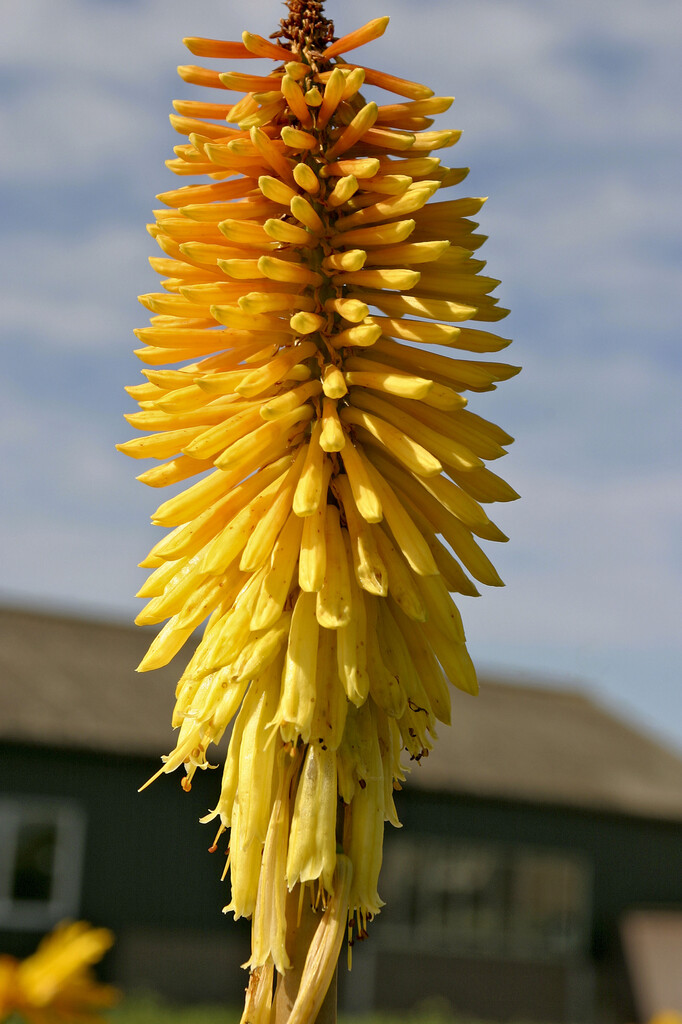Not the plant you're looking for? Search over 300,000 plants
Herbaceous Perennial
Size
Ultimate height
1–1.5 metresTime to ultimate height
2–5 yearsUltimate spread
0.1–0.5 metresGrowing conditions
Loam
Sand
Moisture
Moist but well–drained, Well–drainedpH
Acid, Alkaline, NeutralColour & scent
| Stem | Flower | Foliage | Fruit | |
| Spring | Green | |||
|---|---|---|---|---|
| Summer | Yellow Green | Green | ||
| Autumn | Yellow Green | Green | ||
| Winter |
Position
- Full sun
Aspect
South–facing or West–facing
Exposure
Exposed or Sheltered Hardiness
H5Botanical details
- Family
- Asphodelaceae
- Native to GB / Ireland
- No
- Foliage
- Deciduous
- Habit
- Clump forming
- Genus
Kniphofia may be evergreen or herbaceous perennials, with linear or strap-shaped leaves and erect stems bearing a dense raceme of tubular, usually pendent flowers
- Name status
Accepted
How to grow
Cultivation
Grow in full sun and fertile, moist but well-drained soil that isn’t too wet over winter. See kniphofia cultivation for further advice
Propagation
Propagate established clumps by division in late spring
Suggested planting locations and garden types
- City and courtyard gardens
- Coastal
- Cottage and informal garden
- Gravel garden
- Mediterranean climate plants
- Flower borders and beds
Pruning
Cut down old flower stems after flowering; old or dead leaves can be tidied up or removed in mid-spring
Pests
Diseases
Generally disease-free
Get involved
The Royal Horticultural Society is the UK’s leading gardening charity. We aim to enrich everyone’s life through plants, and make the UK a greener and more beautiful place.
